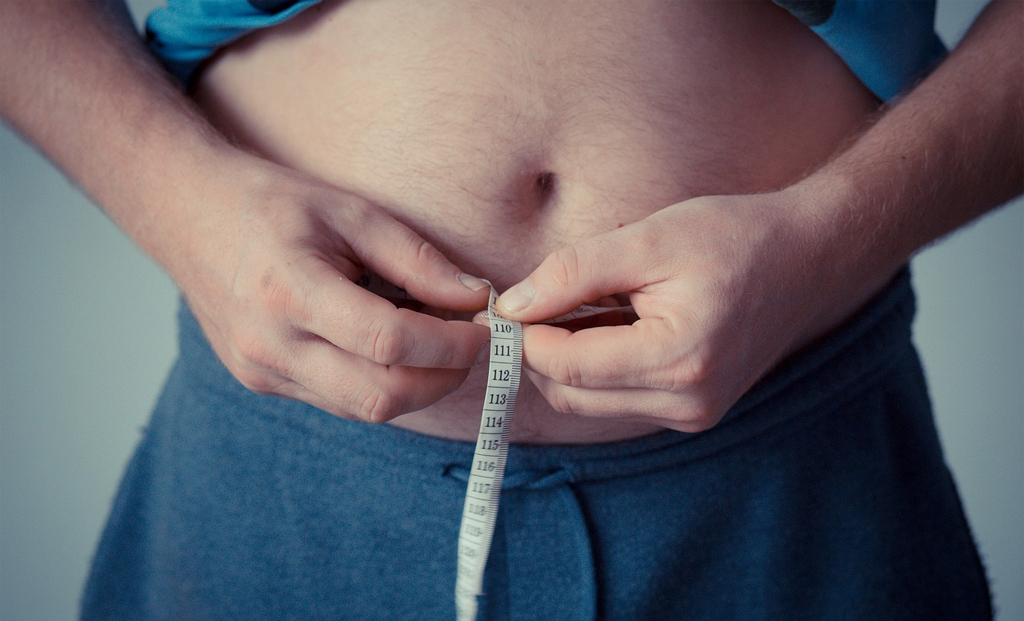If you are in your 30s, it becomes increasingly important to establish healthy fitness habits that promote overall well-being and long-term health. There are certain things that one needs to keep in mind when it comes to fitness after a particular age.
So here are five fitness habits that can be beneficial during 30s:
Regular Exercise: Make regular physical activity a priority in your routine. Aim for a combination of cardiovascular exercises, strength training, and flexibility exercises. Strive for at least 150 minutes of moderate-intensity aerobic activity or 75 minutes of vigorous-intensity activity each week, along with strength training exercises twice a week.
Strength Training: Include regular strength training exercises in your fitness regimen. As you age, maintaining muscle mass becomes crucial for maintaining a healthy metabolism, preventing injuries, and supporting joint health. Focus on compound exercises that work multiple muscle groups, such as squats, deadlifts, push-ups, and rows.
Mobility and Flexibility: Incorporate exercises that improve mobility and flexibility into your routine. As we get older, our joints and muscles may become stiffer, making mobility and flexibility crucial for maintaining range of motion and reducing the risk of injuries. Consider activities like yoga, Pilates, or dedicated stretching routines to improve flexibility and joint mobility.
Five Best Exercise For Those Who Want To Lose Belly Fat | ALSO READ
Active Lifestyle: Embrace an active lifestyle beyond scheduled workouts. Look for opportunities to be active throughout the day, such as taking the stairs instead of the elevator, going for a walk during your lunch break, or engaging in recreational activities like hiking, cycling, or swimming. Regular movement throughout the day helps increase overall calorie expenditure and promotes better overall fitness.
Prioritize Recovery: Allow your body adequate time to recover and rest. Proper recovery is essential for muscle repair, preventing burnout, and reducing the risk of overuse injuries. Ensure you get enough sleep, aim for 7-8 hours per night, and listen to your body’s cues for rest and recovery. Incorporate techniques like foam rolling, stretching, and relaxation activities to support your recovery process.











